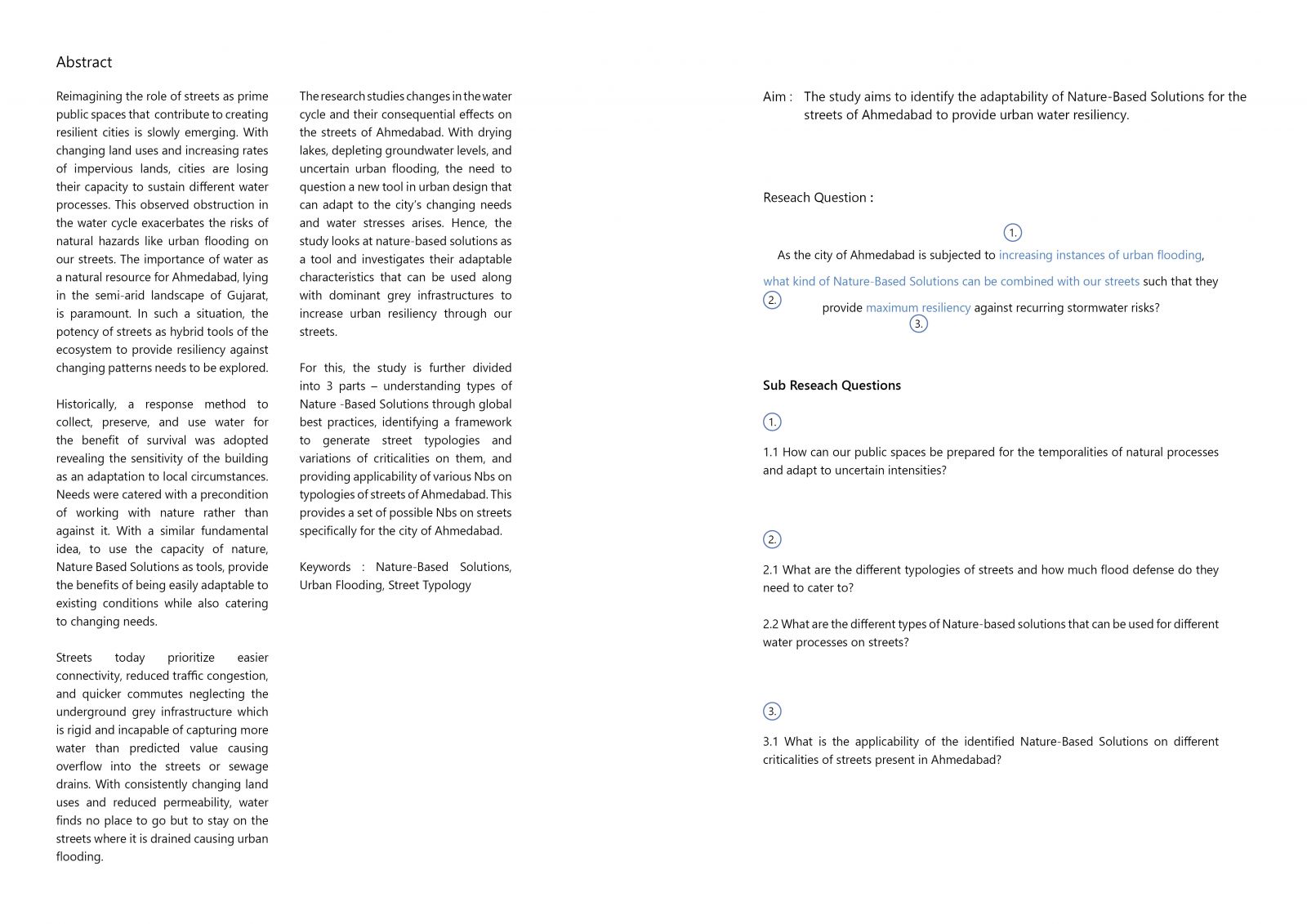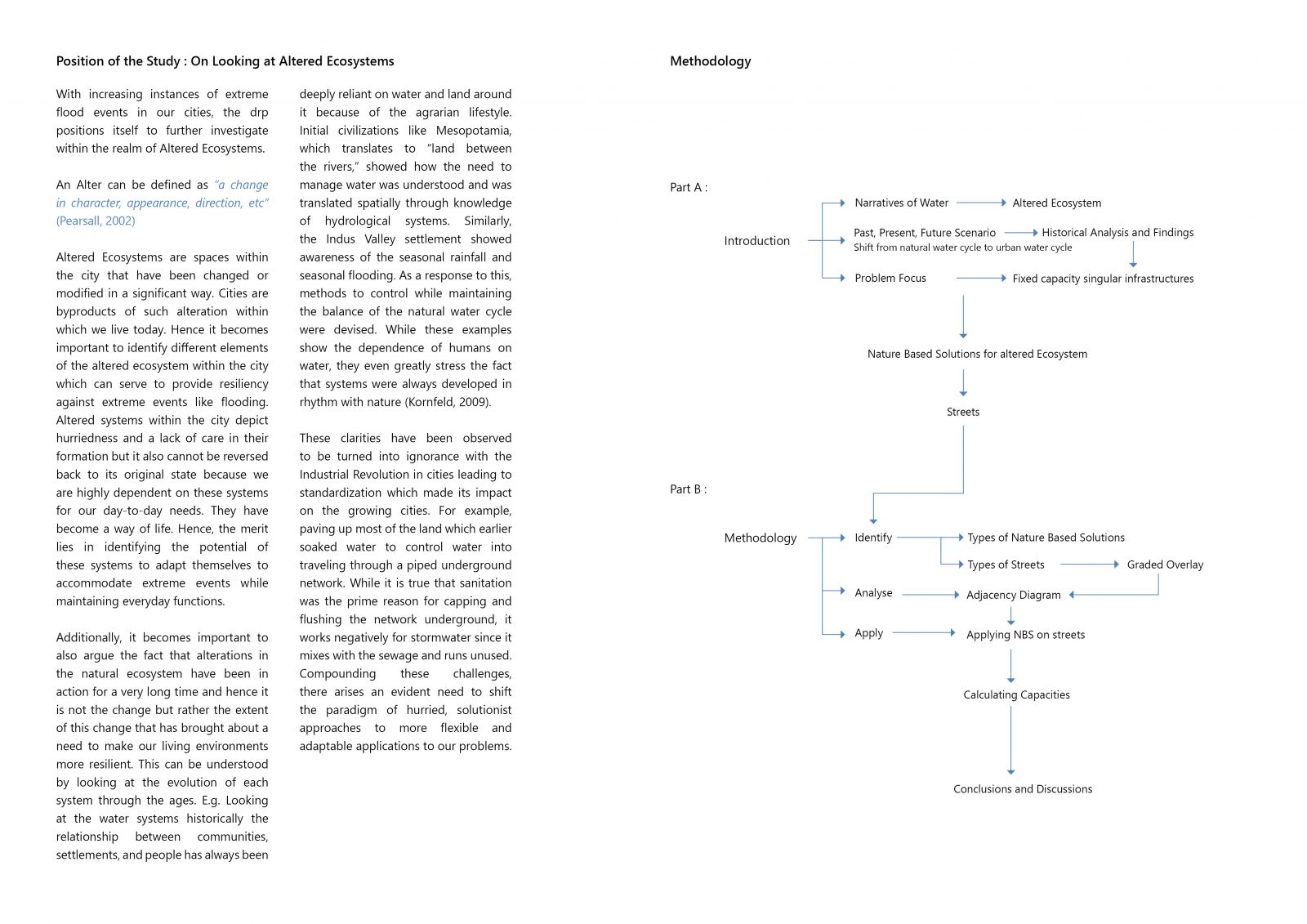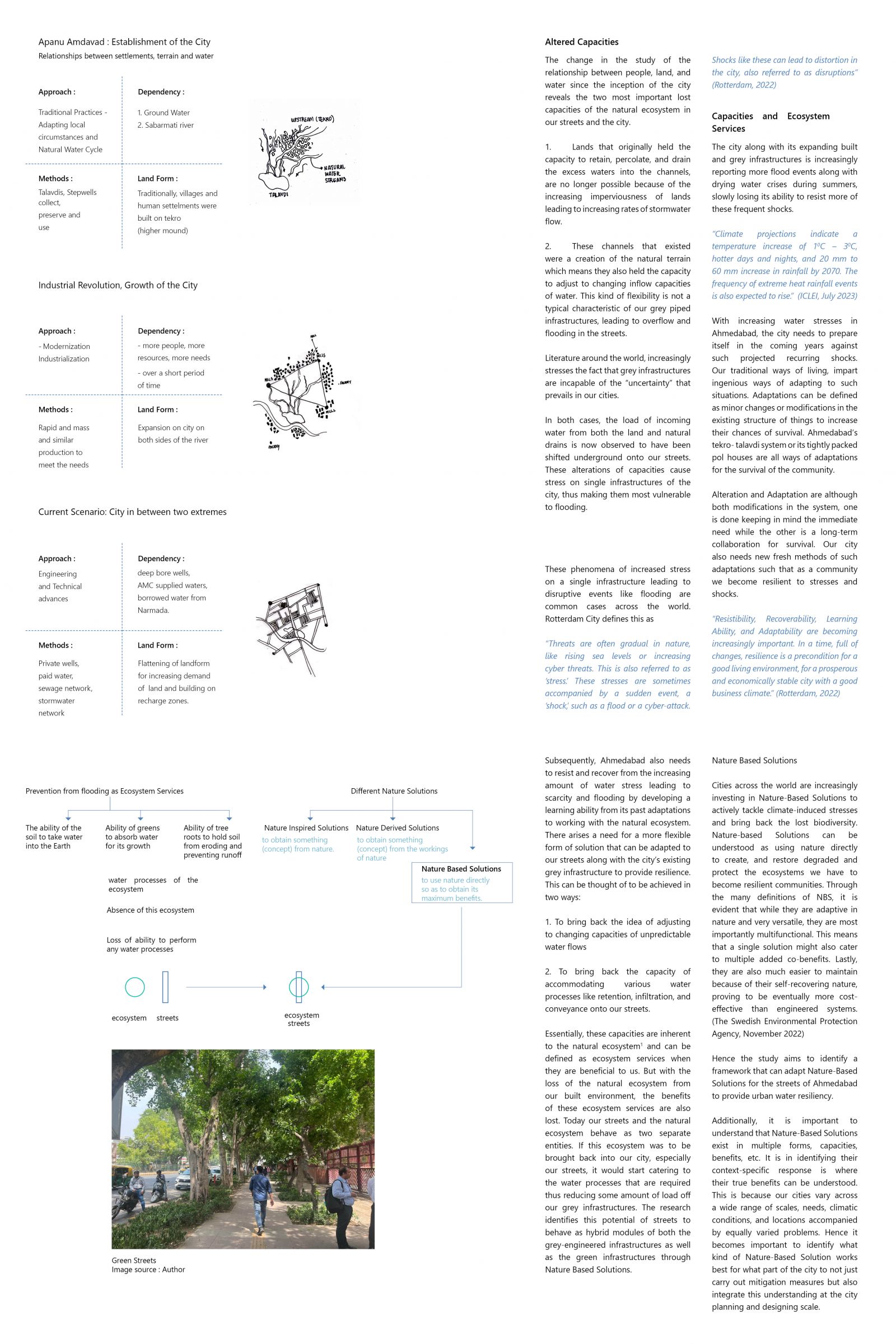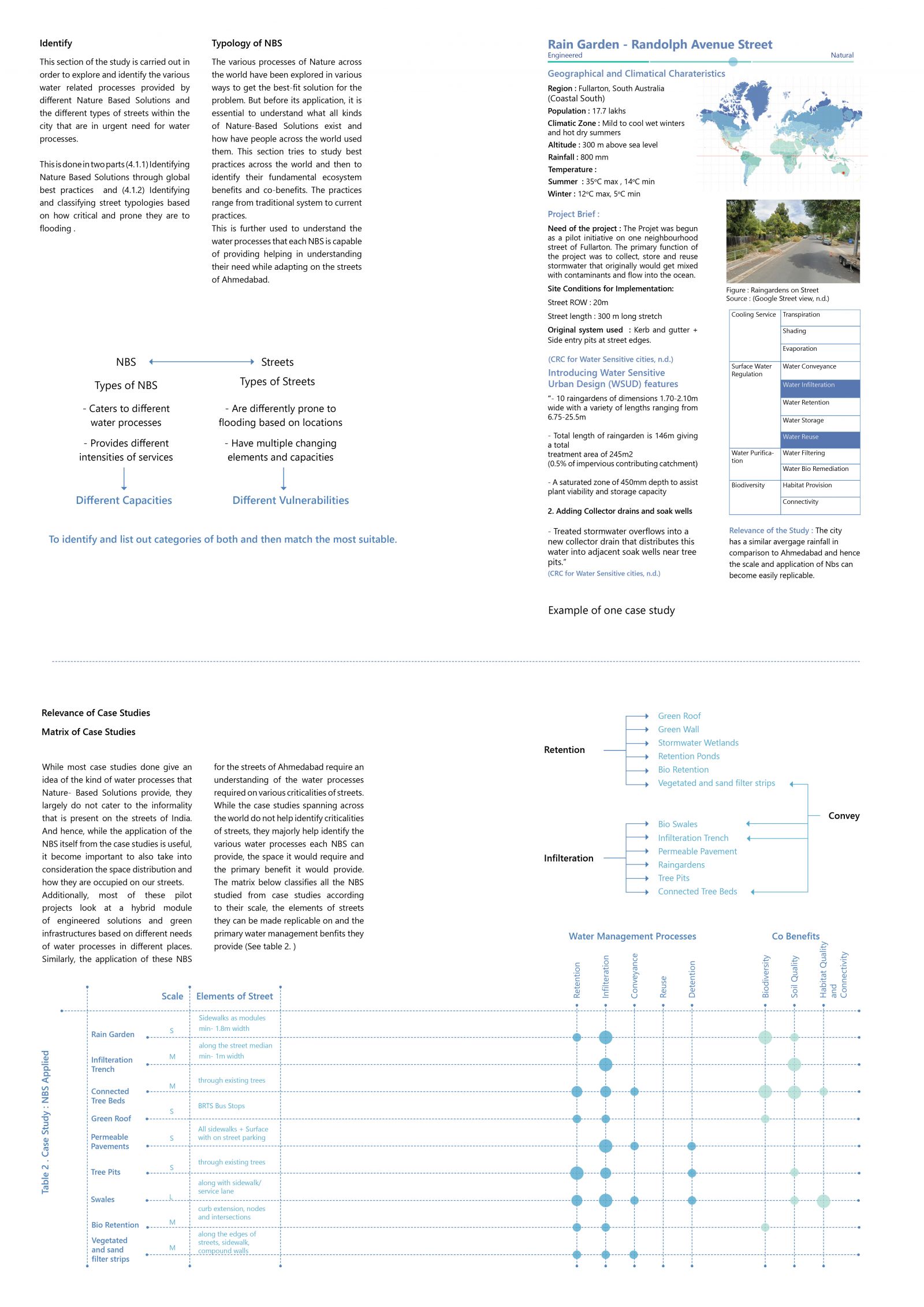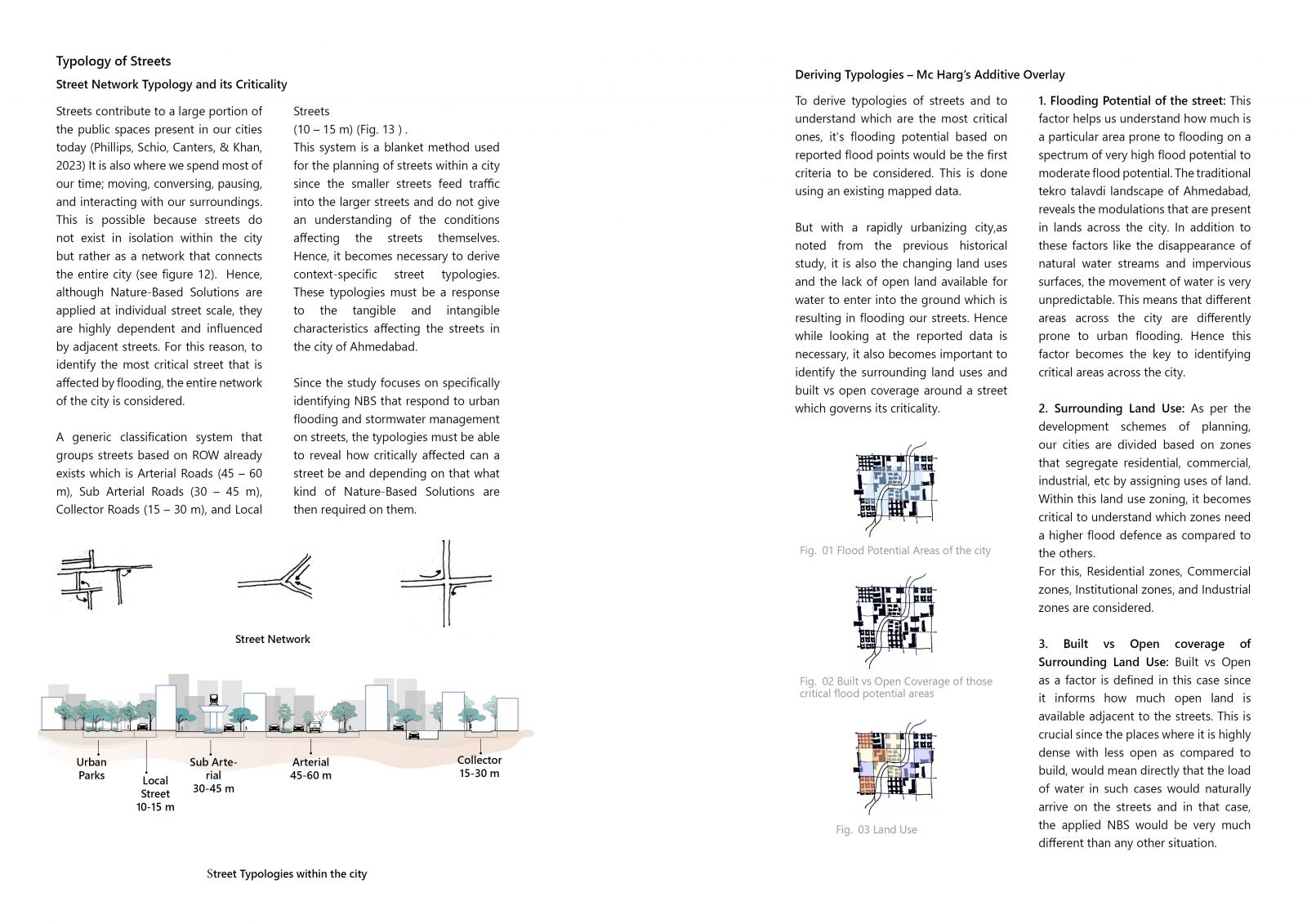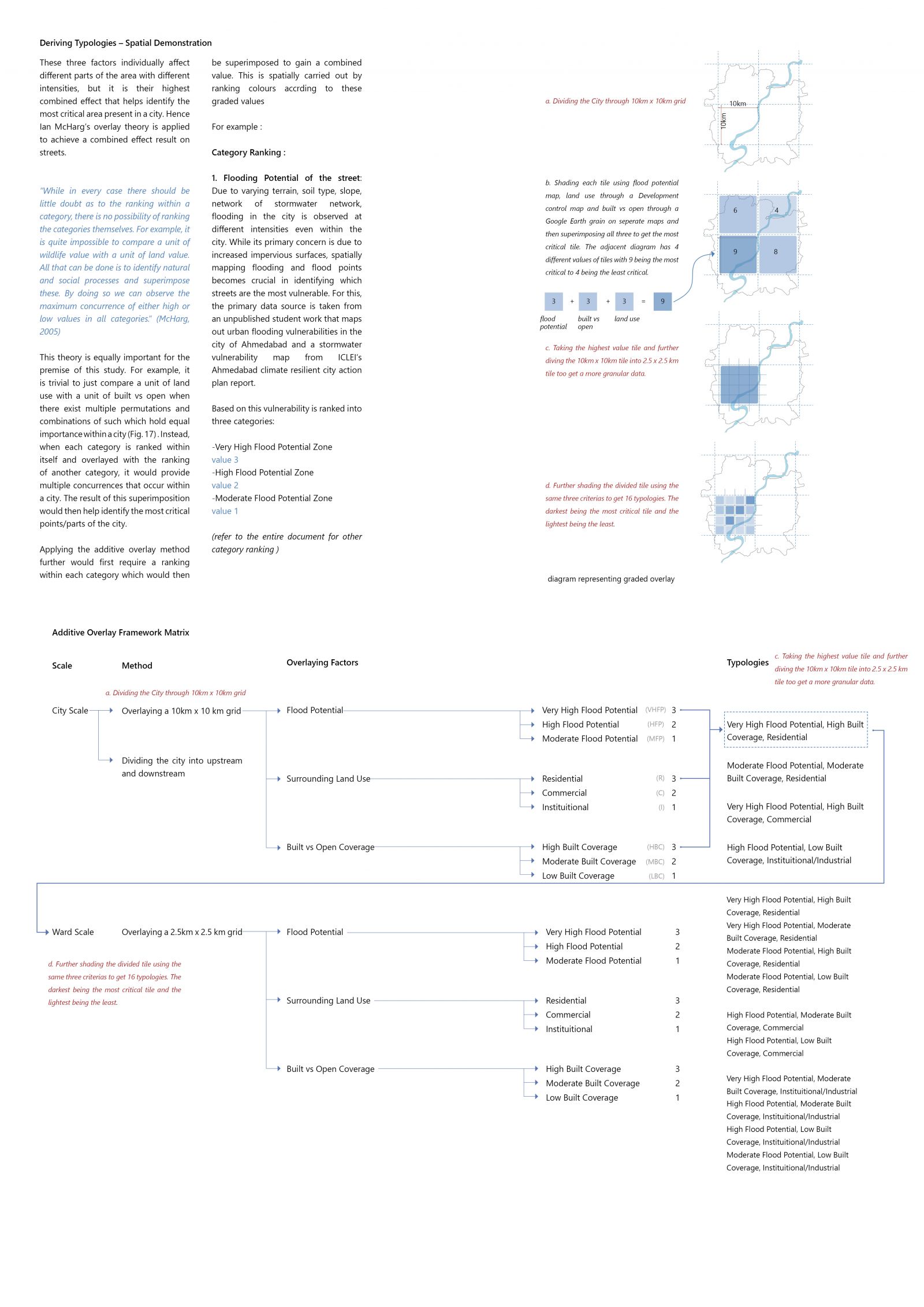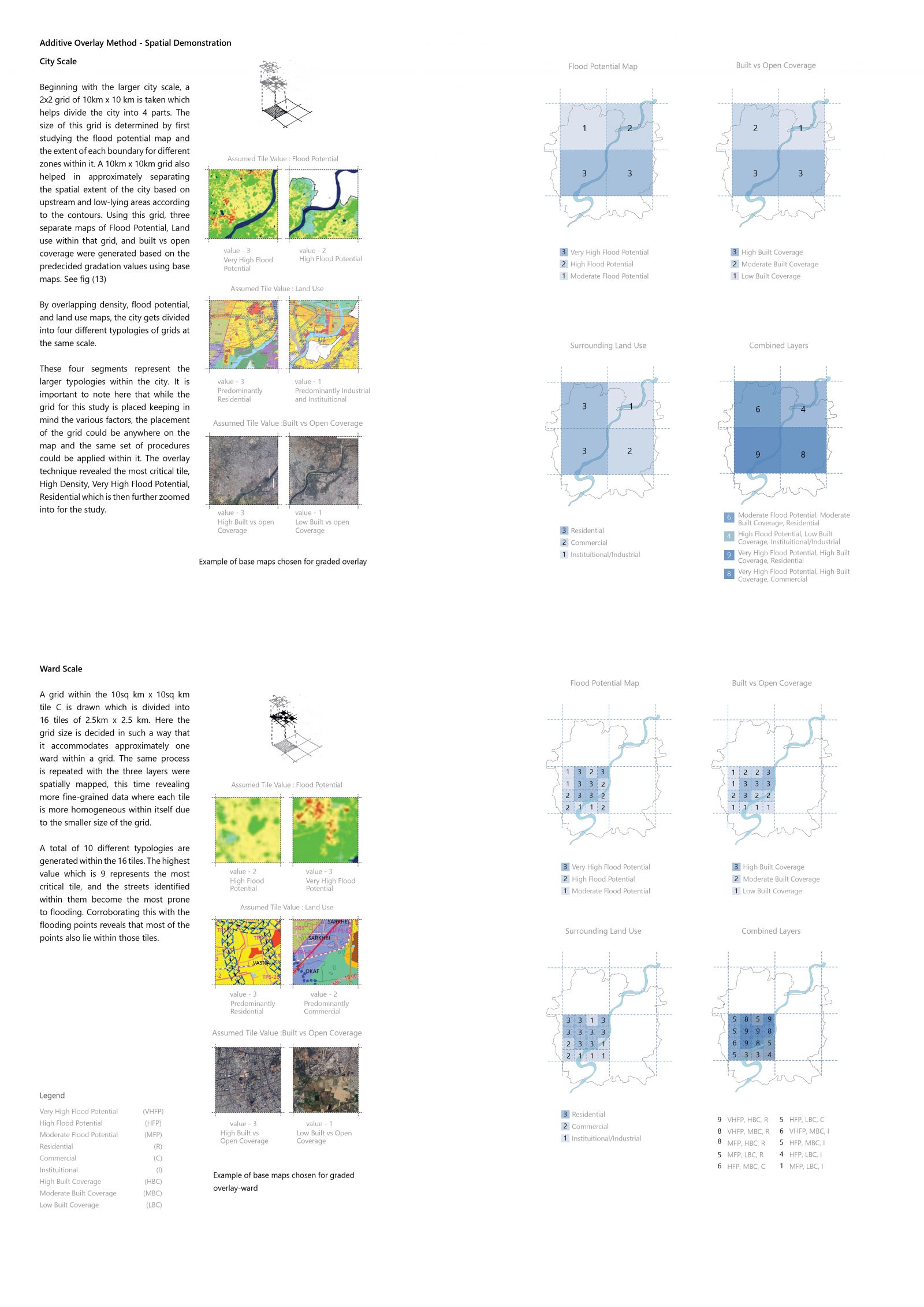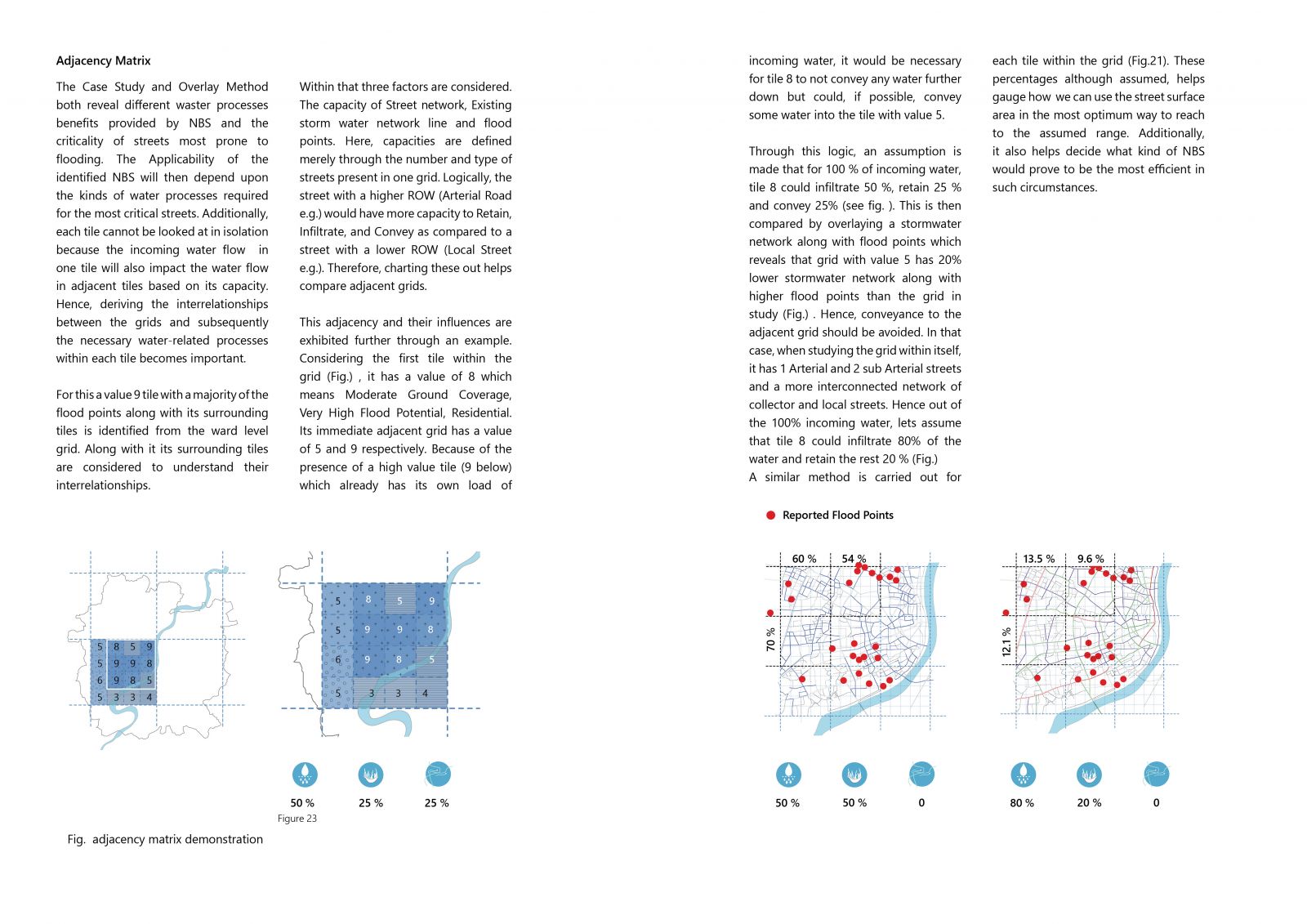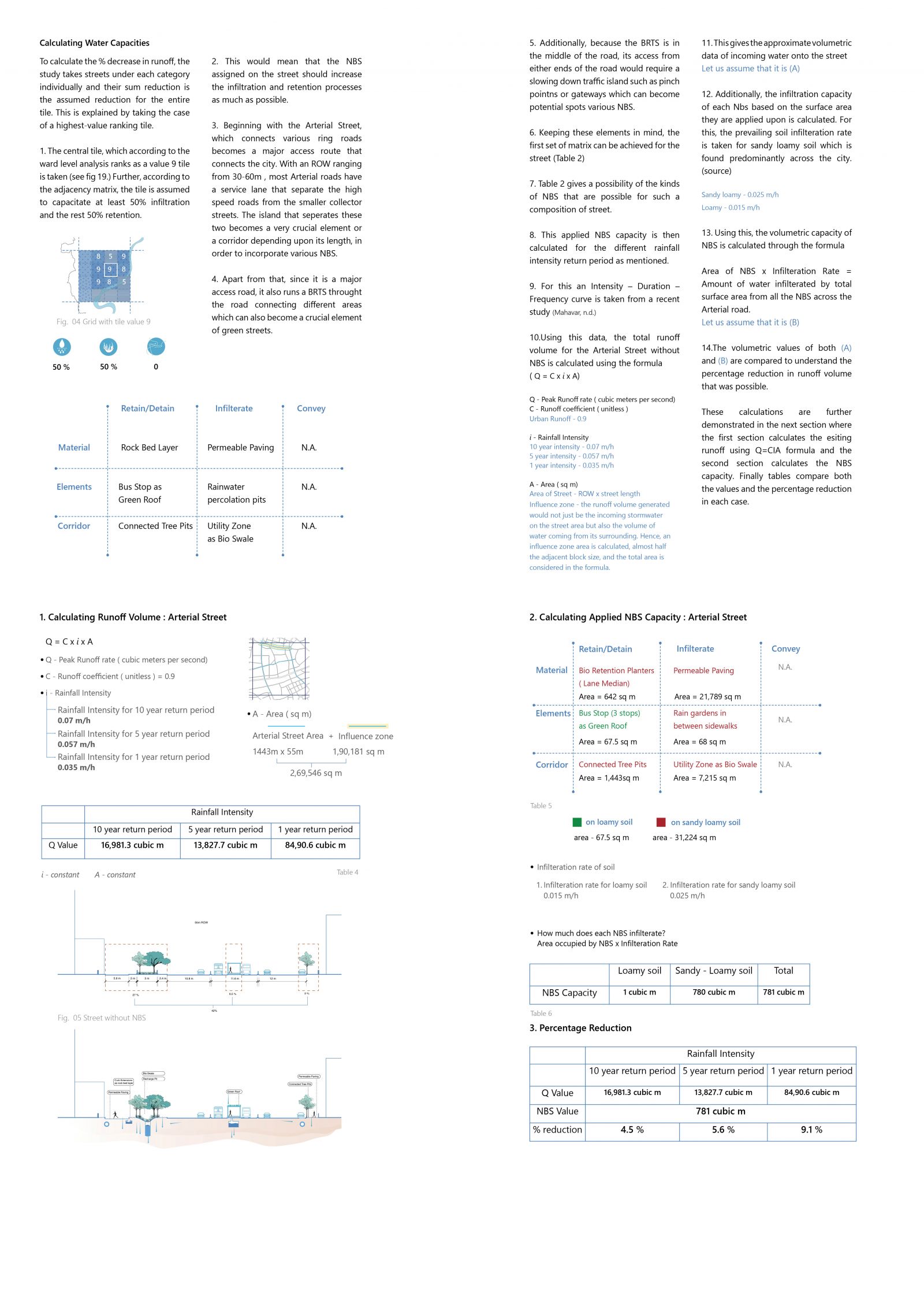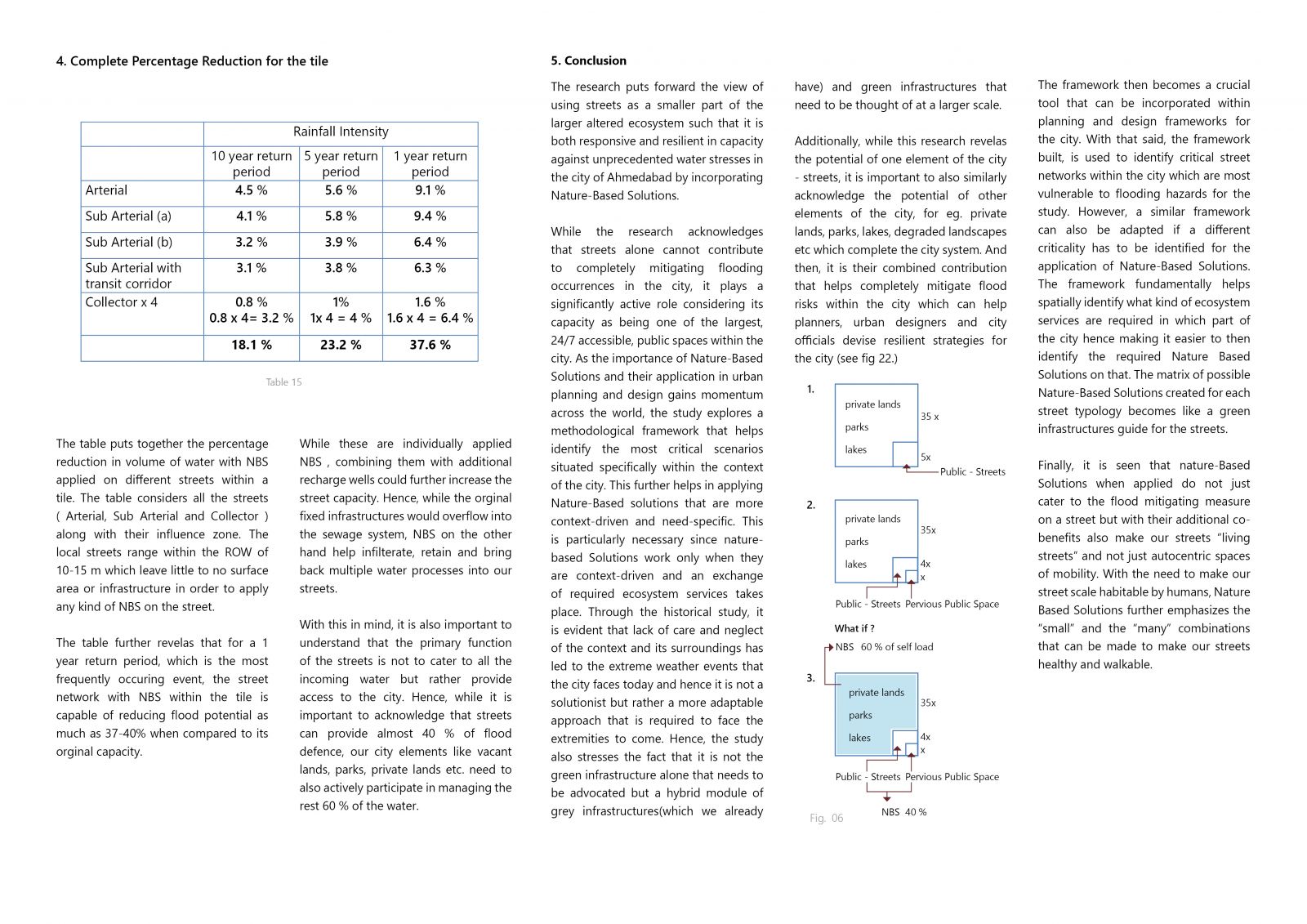Your browser is out-of-date!
For a richer surfing experience on our website, please update your browser. Update my browser now!
For a richer surfing experience on our website, please update your browser. Update my browser now!
Reimagining the role of streets as prime public spaces that contribute to creating resilient cities is slowly emerging. With changing land uses and increasing rates of impervious lands, cities are losing their capacity to sustain different water processes. This observed obstruction in the water cycle exacerbates the risks of natural hazards like urban flooding on our streets. The importance of water as a natural resource for Ahmedabad, lying in the semi-arid landscape of Gujarat, is paramount. In such a situation, the potency of streets as hybrid tools of the ecosystem to provide resiliency against changing patterns needs to be explored.
Historically, a response method to collect, preserve, and use water for the benefit of survival was adopted revealing the sensitivity of the building as an adaptation to local circumstances. Needs were catered with a precondition of working with nature rather than against it. With a similar fundamental idea, to use the capacity of nature, Nature Based Solutions as tools, provide the benefits of being easily adaptable to existing conditions while also catering to changing needs.
Streets today prioritize easier connectivity, reduced traffic congestion, and quicker commutes neglecting the underground grey infrastructure which is rigid and incapable of capturing more water than predicted value causing overflow into the streets or sewage drains. With consistently changing land uses and reduced permeability, water finds no place to go but to stay on the streets where it is drained causing urban flooding.
The research studies changes in the water cycle and their consequential effects on the streets of Ahmedabad. With drying lakes, depleting groundwater levels, and uncertain urban flooding, the need to question a new tool in urban design that can adapt to the city’s changing needs and water stresses arises. Hence, the study looks at nature-based solutions as a tool and investigates their adaptable characteristics that can be used along with dominant grey infrastructures to increase urban resiliency through our streets.
